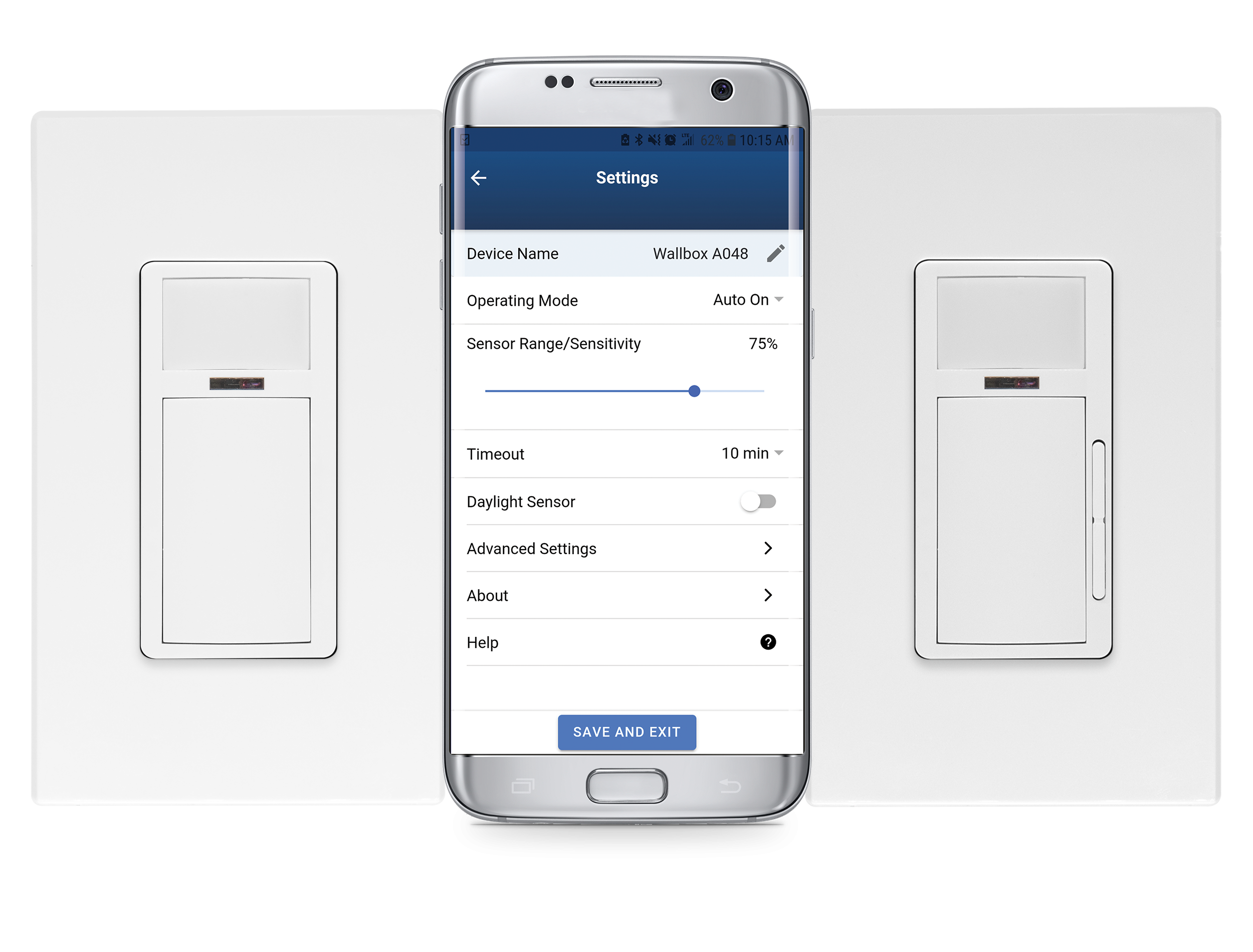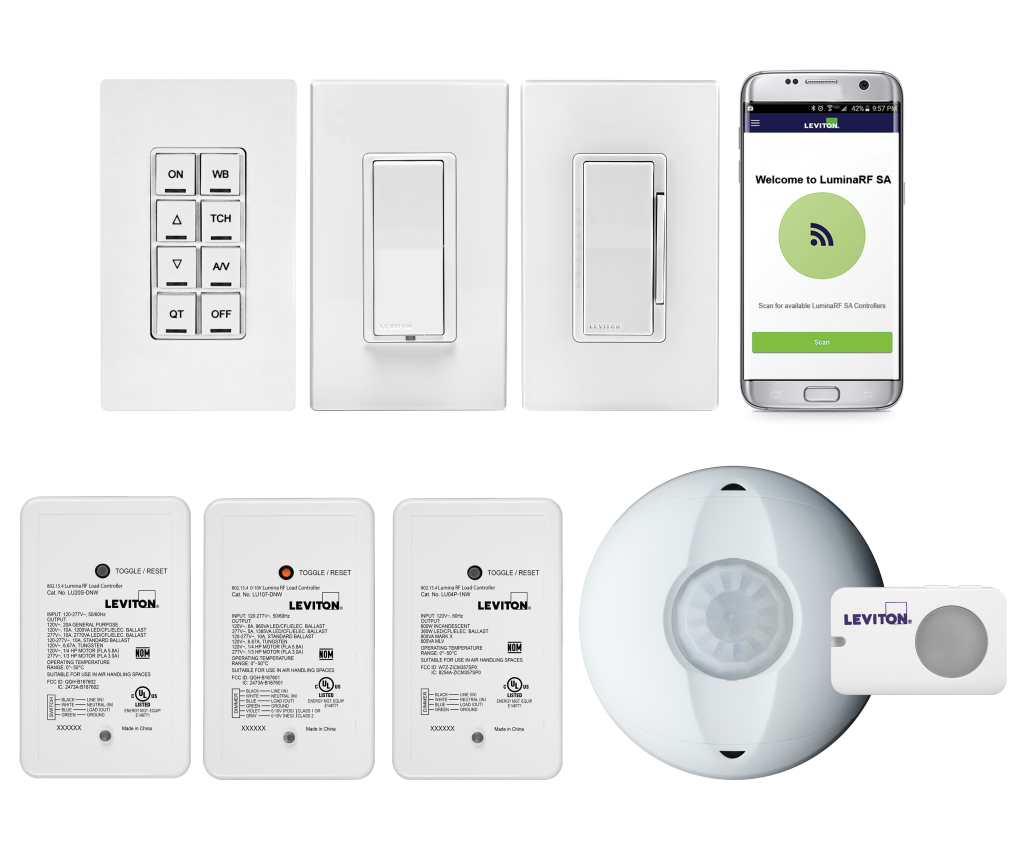CONTRACTORS CAN STAND OUT from the competition and offer tremendous value to their customers with localized expertise on how to increase energy efficiency with lighting control strategies and how to comply with local energy and building codes.
Lighting controls can be used to meet the unique lighting needs of any space in new and retrofit installations from a single room to an entire building across multiple industries. Lighting control strategies increase occupant comfort and improve productivity while complying with energy codes and delivering energy and cost savings.
Implementing efficient lighting sources and controls that turn the lights off when not being used is an easy solution to reduce energy usage. As energy costs continue to increase, the operational advantage to reduce energy consumption combined with codes and standards promoting the use of energy-efficient products are driving the growth of the LED lighting and controls market.
But most customers are not in the position to be experts in the latest enhancements to lighting and controls. Many don’t realize that they can choose from distributed, integrated, networked, standalone and wireless solutions to meet the unique lighting needs of their space.
This puts the contractor in the unique position to help them find the best system for their building and positions you as a local expert.
Meeting the Specification and the Code
Staying abreast of the latest in lighting controls as well as the national, state and local codes, will position you as beyond just a contractor and ensure you are viewed as an expert who can help building owners and facility managers keep track of energy usage and costs.
Energy codes and standards like IECC, ASHRAE 90.1 and Title 24, Part 6 have become more complex over time. With each revision, more requirements must be met to comply with the increased use of lighting controls.
Sensors, dimmers, daylighting controls and scheduling all contribute to complying with these requirements. These solutions automatically turn off lights when a space is unoccupied or adjust lighting levels for optimal use without putting any responsibility on the occupant. More importantly – now than ever, due to COVID-19 – lighting controls add hands-free and touchless solutions. This provides added value and safety to environments that require limited contact with multiple surfaces.
Equally as important as lighting controls is ensuring that facility managers can monitor energy usage. It’s important to remind customers of the latest advances made in submetering solutions so that they can provide accurate energy data for tenant billing and measurement and verification.
Providing Long-Term Integrated Solutions Focused on the Building Occupant
The installation of LED and control strategies can produce long-term financial benefits that outweigh the initial investment. These benefits are a result of a reduction in energy usage and increased energy efficiency. In fact, as LED lamps and fixtures become more increasingly affordable, more organizations are finding the upfront investment required to see these benefits as more obtainable.
However, the LED market is constantly changing with emerging technologies and new competitors. Contractors should seek controls manufacturers that consistently test for LED compatibility to ensure that the dimming performance meets expectations and fulfills its intended purpose.
Combining control strategies with LED lamps and fixtures results in additional savings and an increased functionality of the space for the occupant. Understanding the layering of different control strategies can be an advantage for contractors, allowing them to help customers select and understand the benefits each strategy provides.
The market is requesting lighting control systems that offer more functionality with less complexity. This includes easy set up with an emphasis on simple installation, commissioning tools and support. Manufacturers are hearing that call and are progressively offering controls with increased functionality that are easier to design and install—oftentimes using apps for configuration and commissioning. This allows contractors the ability to offer customers greater performance from a lighting control system while allowing them to finish projects faster.
Wireless controls allow contractors to provide more value to their customers with scalable, flexible and simple solutions. The ability to add wireless control to any switching or dimming device can be beneficial when completing projects that may be cost prohibitive or have unique installation challenges.
In addition, wireless controls are being integrated into lighting fixtures for luminaire level lighting control. Instead of installing four or more components, contractors can install lighting fixtures that have been integrated with a sensor by the manufacturer and a keypad to get the same level of control with easier installation and configuration.
Additional savings can be realized with wireless controls by reducing installation costs and minimizing the impact to operations and on occupants in the space. Contractors can easily expand and modify systems without pulling additional wire as an organization’s budgets and needs change with little to no impact to existing operations.
Installing lighting controls allows contractors to deliver enhanced benefits by improving the occupant experience while offering energy savings and meeting code compliance. The right combination can enrich the aesthetics and mood of a space, as well as create a more comfortable atmosphere and increase occupant productivity.
This focus on human-centric design can positively impact the wellbeing of occupants, while improving space functionality and reducing maintenance costs. Lighting and controls play an important role in the ability to adjust the color and intensity of lighting to mimic the natural daylight progression from warm to cool. Studies have shown that this can positively increase alertness, creativity, moods and the overall health of occupants.
Delivering Superior Expertise and Service Takes a Team
Understanding the different lighting control strategies and being a local subject matter expert on solutions and codes offer contractors a competitive advantage.
Contractors have the challenge of keeping up with the latest in lighting and controls, while at the same time managing their business and workforce. Therefore, contractors are served well by a single source partner who can take the guesswork out of product selection, specification and offer fast delivery. Seek manufacturers that provide not only highly engineered and energy efficient products, but also offer expertise and consultative and, if needed, on the job support.







